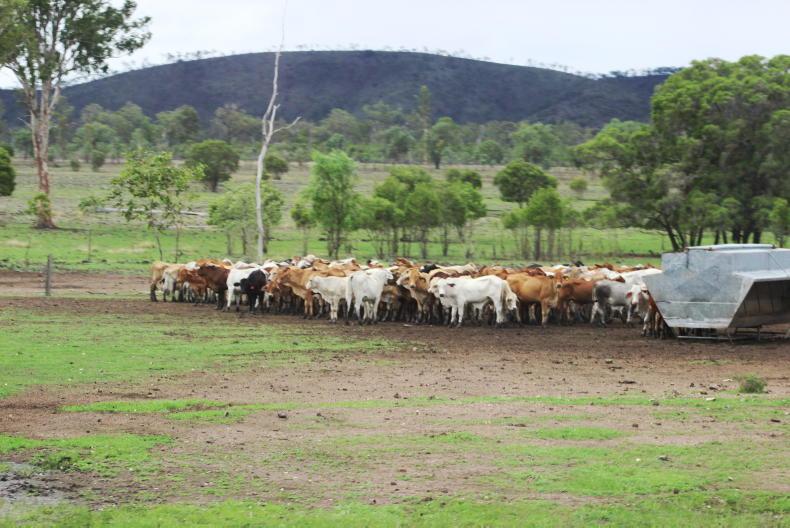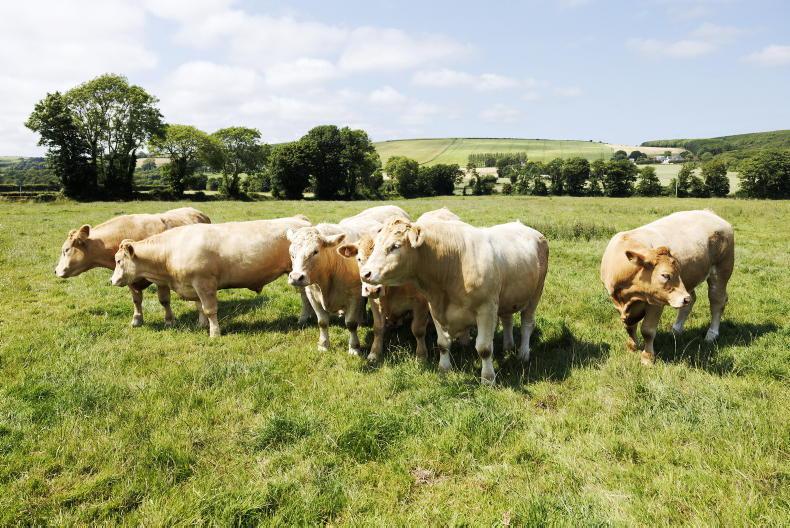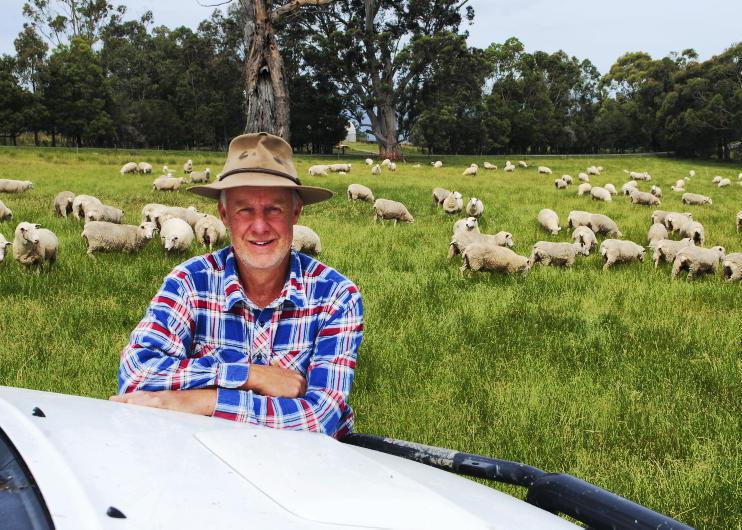Meat and Livestock Australia are holding their first two-day Carbon EDGE pilot training programme this week in Queensland.
The programme is designed to show Australia’s livestock farmers how to reduce their on-farm carbon footprint, and improve sustainability and productivity.
The programme will inform farmers about what they need to do to reduce and sequester greenhouse gases on a livestock farm, and how to generate carbon credits that can be used to offset emissions from their farm business or trade them.
Australia’s red meat and livestock industry has a target of being net carbon neutral by 2030.
This means that emissions from livestock are intended to be offset by land management that sequesters carbon from the atmosphere, including increasing organic matter, planting hedging and trees.
Opportunity
As well as livestock farmers being encouraged to use sequestration methods to offset their emissions, Australian landowners have the opportunity to engage in “carbon farming”.
They can get up to AUS$ 5,000 (€3,023) to fund soil method baseline sampling costs and participate in reforestation, revegetation, restoring rangelands and protecting native forest or vegetation that is at imminent risk of clearing.
This creates Australian Carbon Credit Units (ACCUs), which are a tradeable commodity that can be sold to businesses that want to offset their carbon emissions.
An ACCU is defined by the Australian Clean Regulator as one tonne of carbon dioxide equivalent (tCO2-e) stored or avoided by a project.
Trees for Life estimates that five trees offset 1t of carbon over their lifetime and the value of an ACCU at the end of 2022 was AUS$33.80 (€20.48), having been as high as AUS57.50 (€34.80) earlier in the year.










SHARING OPTIONS